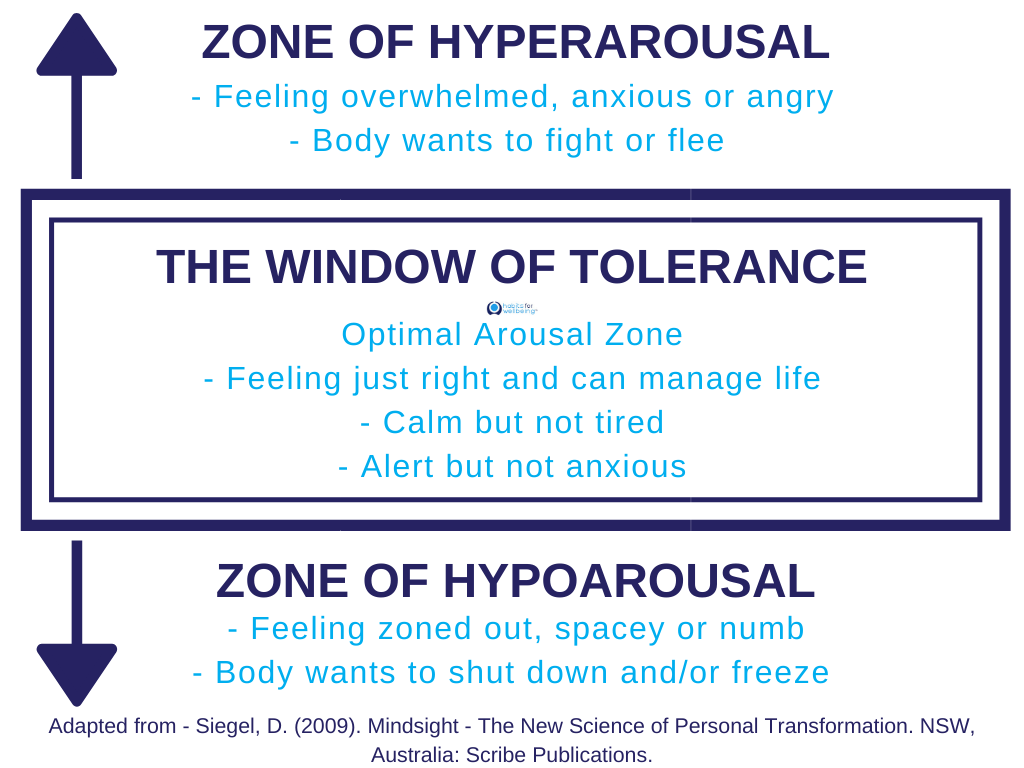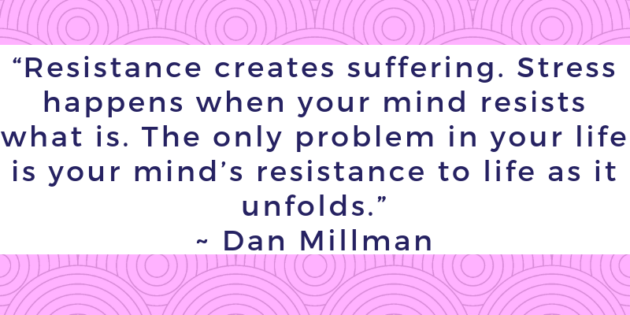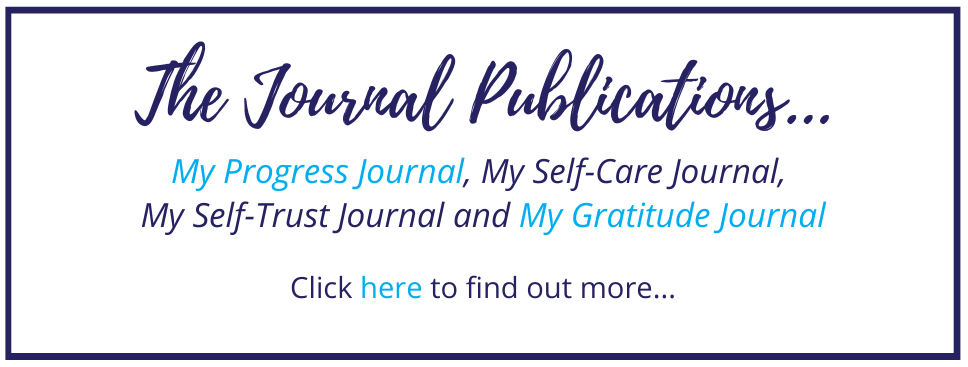Living a whole-hearted life can be challenging. The adventure can have many ups and downs. As we explore internally, we start to realise that we don’t know what we are going to discover. That is why having the right tools in our toolkit are so important. And one of them for me is the Window of Tolerance.
What is the Window of Tolerance?
The “window of tolerance” is a term coined by Daniel Seigel in his book MindSight. It is the optimal zone of arousal where we can function, manage and thrive in every day life. The window of tolerance can be thought of as the Middle Way or sailing within a river of well-being (Siegel & Bryson, 2012), where we can be receptive to what comes our way without getting thrown off course.
When we move outside of our window of tolerance, our nervous system responds by going into survival mode – fight, flight or freeze. From this survival mode there are one of two reactions, where –
- we feel overwhelmed, then go in to fight or flight response and go into hyper-arousal, or
- we feel can zoned out, then shut down and go into hypo-arousal.
See the diagram below for further insight in to the window of tolerance.

Starting to Recognise the Window of Tolerance
The size of the window of tolerance depends on an individual’s experience of life. The window of tolerance could be narrow or wide.
It is important to remember, an individual also has multiple windows of tolerance depending on different topics, previous experiences, sensory stimuli, temperament and emotional state. For example – an individual may have a high tolerance for sadness and function well around people who are experiencing sadness. However, the same individual could have a low window of tolerance for anger and start to get very anxious if someone raises their voice.
Working with the Window of Tolerance
Learning to self-regulate is one key to working with the window of tolerance. According to Stuart Shanker –
“Self-regulation is the ability to manage your own energy states, emotions, behaviours and attention, in ways that are socially acceptable and help achieve positive goals, such as maintaining good relationships, learning and maintaining wellbeing.”
How do you self-regulate in order to stay within your window of tolerance? It is about developing self-awareness through identifying signals that help you identify when you are in the window of tolerance and when you are moving towards the hyper or hypo-arousal zones.
For me, this is also where mindfulness, developing emotional literacy, self-management and self-compassion has really helped me. By becoming aware of my own emotions, body sensations and thoughts, I have been able to learn and recognise when I am in my optimal arousal zone and when I am going in to the hyper or hypo-arousal zone (i.e. what I can tolerate and be present for and what I struggle with and be present for). This has given me confidence and a sense of understanding and control over my inner world. However, I am not perfect and continue to be a work in progress in this space.
Over to You…
I hope this has given you some insight in to the window of tolerance and why it is important. If you have any questions, please let me know below in the comments section below.
If you are ready to reclaim your courage and take the next step towards your freedom and opening your heart, why not join our Toolkit?
“Everything that exceeds the bounds of moderation has an unstable foundation.” ~ Seneca
Reference –
Siegel, D. (2009). Mindsight – The New Science of Personal Transformation. NSW, Australia: Scribe Publications.
Siegel, D., & Bryson, T. (2012). The Whole-Brain Child – 12 Revolutionary Strategies to Nurture Your Child’s Developing Mind. NSW, Australia: Scribe Publications.

















Leave A Response